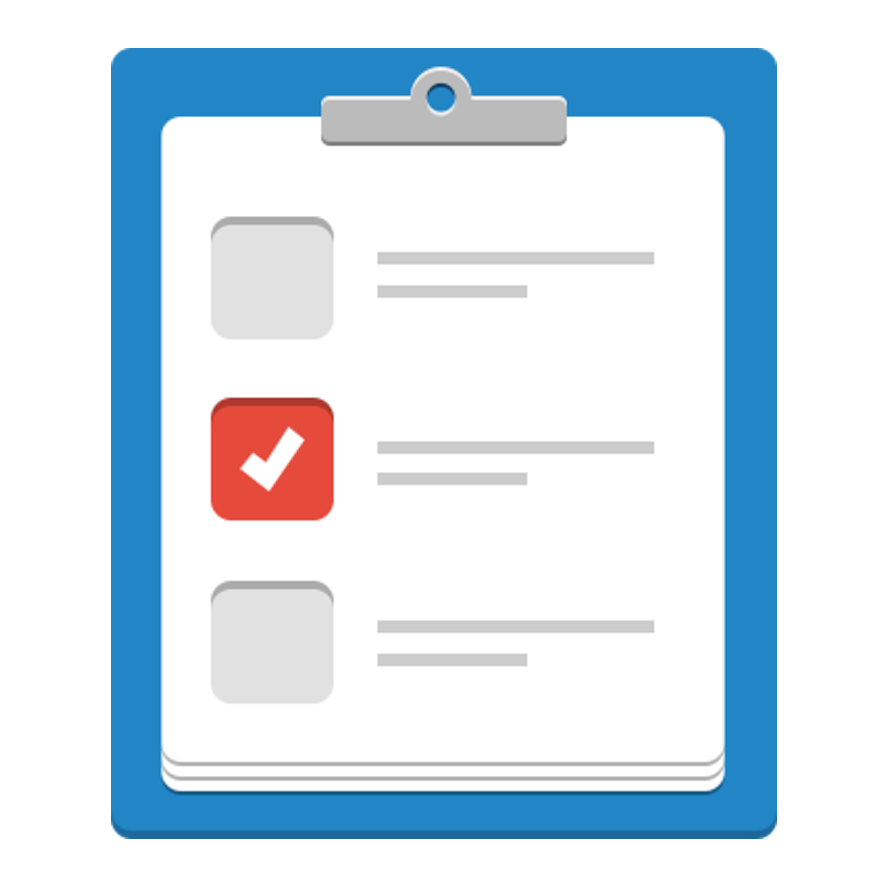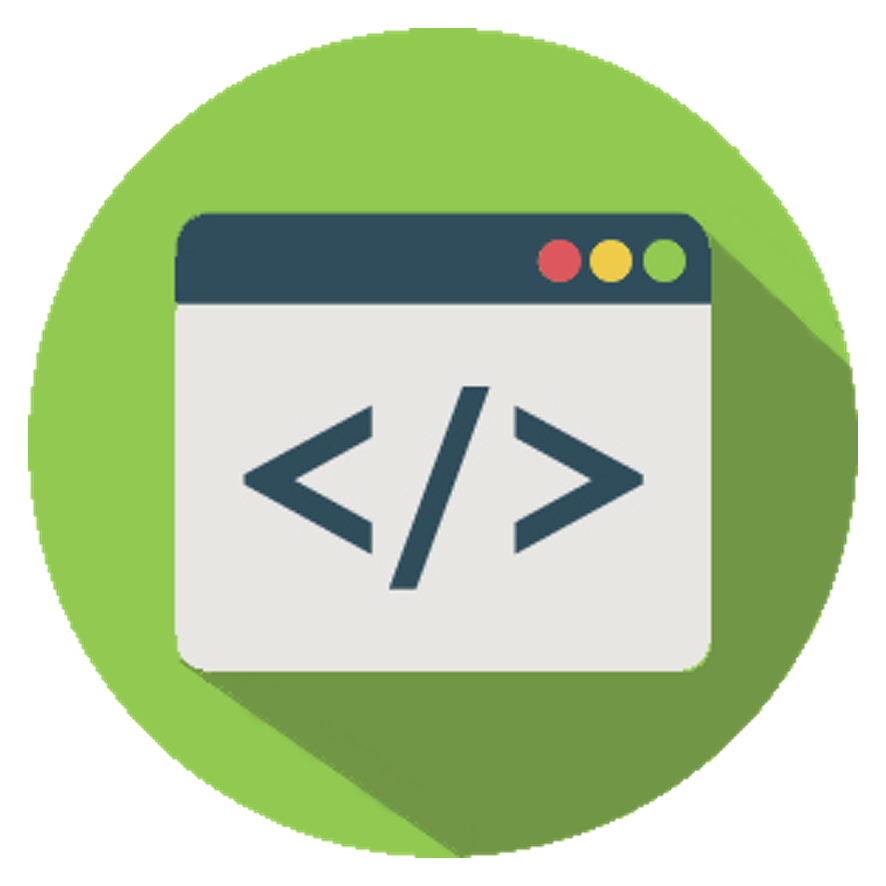ProteinStructure DRAFT Profile
Version: 0.5-DRAFT-2018_08_15 (15 August 2018)
Bioschemas specification describing a ProteinStructure (BioChemEntity profile) in Life Sciences
If you spot any errors or omissions with this type, please file an issue in our GitHub.
Key to specification table
- Green properties/types are proposed by Bioschemas, or indicate proposed changes by Bioschemas to Schema.org
- Red properties/types exist in the core of Schema.org
- Blue properties/types exist in the pending area of Schema.org
- Black properties/types are reused from external vocabularies/ontologies
CD = Cardinality
| Property | Expected Type | Description | CD | Controlled Vocabulary | Example |
|---|---|---|---|---|---|
| Marginality: Minimum. | |||||
| @context | URL | Used to provide the context (namespaces) for the JSON-LD file. Not needed in other serialisations. |
ONE | ||
| @type | Text | Schema.org/Bioschemas class for the resource declared using JSON-LD syntax. For other serialisations please use the appropriate mechanism. While it is permissible to provide multiple types, it is preferred to use a single type. |
MANY | Schema.org, Bioschemas | |
| @id | IRI | Used to distinguish the resource being described in JSON-LD. For other serialisations use the appropriate approach. | ONE | ||
| dct:conformsTo | IRI | Used to state the Bioschemas profile that the markup relates to. The versioned URL of the profile must be used. Note that we use a CURIE in the table here but the full URL for Dublin Core terms must be used in the markup (http://purl.org/dc/terms/conformsTo), see example. |
ONE | Bioschemas profile versioned URL | |
| identifier |
PropertyValue Text URL |
Schema: The identifier property represents any kind of identifier for any kind of Thing, such as ISBNs, GTIN codes, UUIDs etc. Schema.org provides dedicated properties for representing many of these, either as textual strings or as URL (URI) links. See background notes for more details. |
ONE | ||
| Marginality: Recommended. | |||||
| alternateName |
Text |
Schema: An alias for the item. |
MANY | ||
| boundMolecule |
Text URL |
Bioschemas: Bound molecules |
MANY | ||
| description |
Text |
Schema: A description of the item. |
ONE | ||
| expressionSystem |
BioChemEntity Taxon |
Bioschemas: Organism where this protein extructure is expresed |
MANY | ||
| image |
ImageObject URL |
Schema: An image of the item. This can be a URL or a fully described ImageObject. |
MANY | ||
| name |
Text |
Schema: The name of the item. |
ONE | ||
| structureDeterminationMethod |
Text URL |
Bioschemas: Method used to determine the protein structure |
MANY | ||
| url |
URL |
Schema: URL of the item. Bioschemas: Link to the official webpage associated to this entity. |
ONE | ||
| Marginality: Optional. | |||||
| additionalProperty |
PropertyValue |
Schema: A property-value pair representing an additional characteristics of the entitity, e.g. a product feature or another characteristic for which there is no matching property in schema.org. Note: Publishers should be aware that applications designed to use specific schema.org properties (e.g. http://schema.org/width, http://schema.org/color, http://schema.org/gtin13, …) will typically expect such data to be provided using those properties, rather than using the generic property/value mechanism. Bioschemas: As much a possible, do not use it! Alternatively, consider reusing properties/relations already coined in controlled vocabularies. We recommed to look at the OBO Relations Ontology (RO) or the Semanticscience Integrated Ontology (SIO) as starting points. |
MANY | ||
| additionalType |
URL |
Schema: An additional type for the item, typically used for adding more specific types from external vocabularies in microdata syntax. This is a relationship between something and a class that the thing is in. In RDFa syntax, it is better to use the native RDFa syntax - the ‘typeof’ attribute - for multiple types. Schema.org tools may have only weaker understanding of extra types, in particular those defined externally. |
MANY | ||
| contains |
BioChemEntity URL |
Bioschemas: Indicates a BioChemEntity that is (in some sense) a part of this BioChemEntity. Inverse property: isContainedIn. |
MANY | ||
| hasCategoryCode |
CategoryCode |
Schema: A Category code contained in this code set. Bioschemas: A controlled vocabulary term equivalent to this entity. For instance, an organism coined in NCBI taxonomy can be represented as a BioChemEntity. As it also exists as a term in an ontology, it would be nice to capture that information via categoryCode. |
MANY | Any suitable controlled vocabulary |
|
| hasRepresentation |
PropertyValue orText orURL |
Schema: A representation for this entity other than, for instance, an image (use image property for that) or the main web page/record (use mainEntityOfPage for that), and see background notes, for sameAs and url). Bioschemas: Representation of this entity. For instance, a chemical structure or sequence. |
MANY | ||
| isContainedIn |
BioChemEntity orURL |
Bioschemas: Indicates a BioChemEntity that this BioChemEntity is (in some sense) a part of. Inverse property: contains. |
MANY | ||
| location |
Place PostalAddress PropertyValue Text URL |
Schema: The location of for example where the event is happening, an organization is located, or where an action takes place. Bioschemas: The location can refer to a position in the chromosome or sequence or to a physical place where, for instance, a sample is stored. Using additionalType is advised to make this distinction. For instance, FALDO can be used for sequence co-ordinates. Note: The list of Expected Types has been extended as schema.org/location only has Place, PostalAddress and Text. |
MANY | ||
| mainEntityOfPage |
CreativeWork URL |
Schema: Indicates a page (or other CreativeWork) for which this thing is the main entity being described. See background notes for details. Inverse property: mainEntity. Bioschemas: Link via DataRecord or URL to the main Record representing this entity in a dataset. |
ONE | ||
| sameAs |
URL |
Schema: URL of a reference Web page that unambiguously indicates the item’s identity. E.g. the URL of the item’s Wikipedia page, Wikidata entry, or official website. Bioschemas: Link to any resource other than the Record and the official webpage, for instance a Wikipedia page. |
MANY | ||






